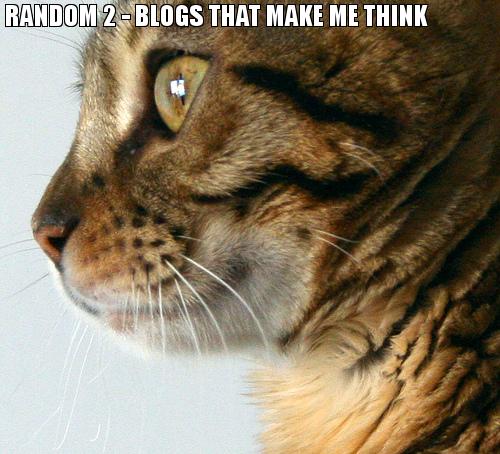Nine of us turned up to the Library 2.0 chat at X-Wray on Saturday – me, Con, Hoi, Rachel, Sue, Matthias, Emma, Maeve and Kit. It was a great venue – with yummy food, comfy couches and tables to work on, no stencils in cinnamon on their chai lattes and without background noise so we could hear each other.
We eventually got the wireless working for Matthias’ tablet and spent some time seriously examining the important current trend in librarianship that is lolcats. And lolbrarians. And the automatically generated lolcats images from any RSS feed – like this one from my blog.

Although we were from different sectors – all but school libraries – we had a lot in common. We all had colleagues who didn’t “get” Library2.0 and some who said they did, but only wanted to learn about new tools in work time when the rest of their “real work” was done.
We discussed Library 2.0 learning programs and podcasting. We discussed what would happen if we downloaded the free Open Source podcast creation program, Audacity, in our libraries. There was such a range:
- one of us was totally locked down from any software not controlled by central IT
- one had the blessing of IT,
- one of us thought an “ask for forgiveness not permission” stance would be tolerated
- one would have to put it to a committee that met every three months to consider what gets added to the Standard Operating Environment – but could probably get an approved but very expensive program installed within a day
- one who had just come from a restrictive environment almost fell off her chair when the IT at her new job answered a request like this by just giving her admin rights to her PC
We created a page for our bunch on the Library Society of the World wiki.
I’d like to get together again. Sue and Con and I have already been e-muttering about getting together sometime to talk about David Weinberger’s Everything is Miscellaneous. (Here’s a great review buy Karen G Schneider ). Saturday afternoons suit me.


